





Чехонь
Чехонь treats family of cyprinid and is a valuable food fish of gregarious type who is widespread worldwide.
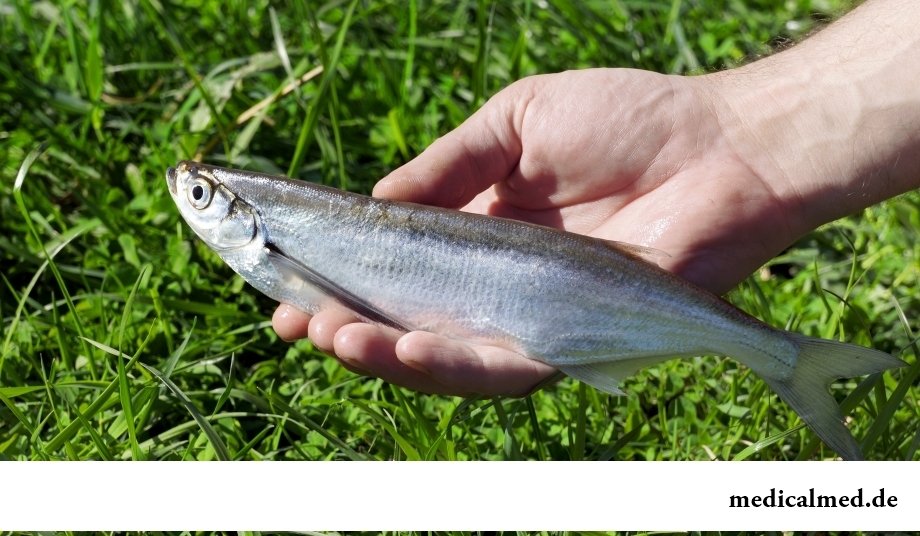
Biological features of a chekhona and distribution
Чехонь has the long body flattened on each side, to spin with a greenish color and a belly of a light shade. Back fins of fish of gray color, and side – yellowish.
Чехонь it is widespread in waters of the Caspian, Azov, Black and Baltic seas. Fish chooses for dwelling pure reservoirs without seaweed (Lake Ladoga, the river Volga, etc.). During the winter period чехонь lies in holes and whirlpools.
The main food of fish are insects, worms, caviar and whitebaits of other species of small fishes.
In addition to a sea look, is also fresh-water чехонь which lives in pure reservoirs in the north of Russia (in the bystry rivers, water reservoirs and lakes).
At mature age this fish reaches in length of 60 cm and weighs to 1,5 kg (usually 400-600 g). On the third or fifth year of life, after full maturing, fish spawns from May to June in water with a temperature of 20-23 degrees. Berries have not sticky structure and freely float in water. Whitebaits of a chekhona eat, generally zooplankton, and also land insects and their larvae.
Chekhona caloric content
Чехонь is a low-calorie product which is most useful in various dishes of the dietary menu. Caloric content of a chekhona makes 88 kcal, and also fish contains 2 g of fats and 17 g of proteins.
Useful properties of a chekhona
Чехонь represents fish of average fat content and it contains a large number of useful proteic matters. Fat content of fish depends on her type, so чехонь Volga has low-fat meat, and чехонь Don is larger and fat fish.
Meat of this fish contains a large amount of useful substances and microelements, such as molybdenum, chrome, magnesium, calcium and phosphorus. These substances favorably influence a metabolism, improve processes of growth and strengthening of bones, promote removal from an organism of harmful acids.
As a part of a chekhona there are a nickel and fluorine which interfere with disturbances of a xanthopathy, create an adamantine substance of tooth, positively influence a nervous system, improve growth of hair and nails, and also cell regenerations promote.
At the regular use of a chekhona in food the metabolism improves, it is normalized
level of sugar and cholesterol in blood.
Consumption
Before the use чехонь it is necessary to clear of scales and interiors, to remove gills, and then it can be fried or extinguished with vegetables.
In many countries it is most popular dried чехонь which has high tastes and is good snack. Meat of a dried chekhona has pleasant taste and aroma, such fish well will approach easy alcoholic drinks or as a product as a part of the marching menu.
Before a pickles чехонь clean, but do not delete scales. Fish is put in solution with salt and pressed down a small load. The brine with fish is placed in the cool place for 10-20 hours, depending on the chekhona sizes.
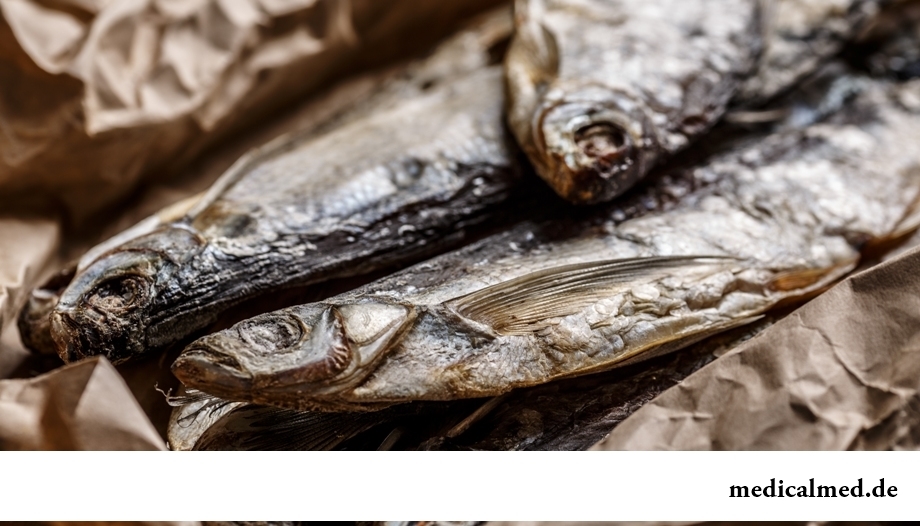
In China there are several dishes from a chekhona. The baked fish who is served on the eve of New year is most popular. Fish fill with rice wine, salt and allspice. After pickling чехонь extinguish with mustard and give to a table with salty vegetables.
Чехонь it is possible to prepare in hot fan and to fry to a golden crust, and also to extinguish on a frying pan with garlic and ginger.
Contraindications
Чехонь it is not necessary to eat at individual intolerance and predisposition to allergic reactions to fish protein.
With a serious illness of the alimentary system it is better for people to use this fish in the stewed or baked look.
Most of women is capable to derive more pleasure from contemplation of the beautiful body in a mirror, than from sex. So, women, you aim at symmetry.

Shops of household appliances offer us the huge choice of various devices for the house. Whether there are among this abundance devices which...
Section: Articles about health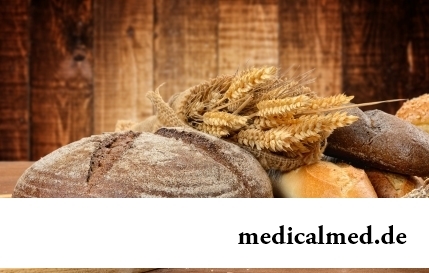
There is an opinion that at low temperatures safety of products is ensured longer and better thanks to what the refrigerator is considered the most suitable place for storage of food. In most cases it is fair, however there is a number of products, for a kotor...
Section: Articles about health
Any person who faced a disease knows that treatment costs expensive. It belongs also to consultations of qualified specialists, and to the diagnostic procedures which are not included in the list of obligatory medical services. The question of cost of medicines is not so unambiguous: almost each drug is produced several producers at once, and the price of medicine can differ many times. In such situation there is a sense to understand in what differ from each other original environments...
Section: Articles about health
High temperature - a frequent symptom of such widespread diseases as a SARS, quinsy, pneumonia, etc. To reduce heat, облег...
Section: Articles about health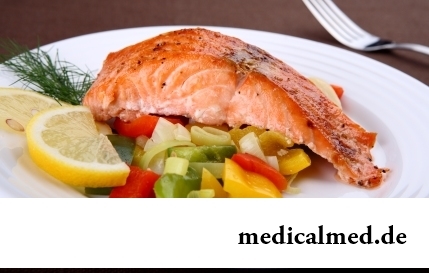
Diseases of joints often begin imperceptibly for the person. The first stages of destruction of the cartilaginous tissue providing soft and free sliding of heads of bones in joint bags proceed slowly and absolutely without serious consequences. Especially unpleasantly for that this пр...
Section: Articles about health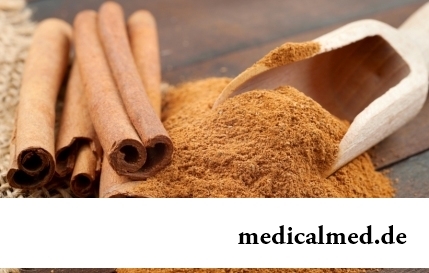
Ayurveda - the most ancient tselitelsky practice which came to us from India. It represents the doctrine about maintenance of physical, psychological and moral health of the person by means of the complex of procedures including a diet, cleaning of an organism, breathing exercises, massage, and in case of a disease - and medicinal therapy. The healers practicing Ayurveda assign very important part to spices, and at the heart of Ayurvedic drugs, as a rule, there are they. It is considered that spices not of t...
Section: Articles about health
Each person supports all life a SARS about 200 times. The peak of incidence falls on cold season, but to get sick from temperatures...
Section: Articles about health
The trophic ulcer is not an independent disease. This heavy complication arising owing to a thermal injury (a burn or a frostbite), chronic pathologies of arteries or veins of the lower extremities, a diabetes mellitus, and also some defeats of a soyeda...
Section: Articles about health
For the person who daily since morning gathers for work it is very important to wake up vigorous and ready by day of work. Actually, each of us experiences difficulties with this, at first sight, simple business from time to time. After night rest exert impact on a condition of an organism the weather which collected for several days fatigue, household and office problems, quality of a dream and many other factors....
Section: Articles about health
Sometimes it seems that modern society was divided into two camps: representatives of the first are sure that has to for contraception отвеч...
Section: Articles about health
Impossibility to conceive the child – a trouble of many Russian families. During quite long time was considered that main "culprits" of troubles such are women. Modern physicians claim that the situation is different: about a half of failures at...
Section: Articles about health
Use of medicinal plants in therapy is urgent today, more than ever. The drugs made of curative herbs cannot replace completely modern synthetic drugs, but their use becomes frequent serious help in simplification of a course of many illnesses and improvement of quality of life of chronic patients....
Section: Articles about health
To look healthy and means well-groomed not only to be pleasant to people around, but also to feel strong, sure and taken place. To Spa...
Section: Articles about health
The sudden heat on all body which is followed by perspiration and a cardiopalmus – the phenomenon familiar to many people. Most often such states called by "inflows" result from nervous or physical overworks and disappear right after rest. Odn...
Section: Articles about health
Life expectancy in various regions of Earth is not identical. Social stability, economic wellbeing, availability and level of medical care, household comfort, literacy of the population in the field of respect for sanitary and hygienic norms and many other factors exert impact on it. However one parameter remains to the general almost for all countries of the world: women on average live for 7-10 years longer, than men. Today we will talk about the reasons of this phenomenon....
Section: Articles about health
The naturopathy sometimes moves as the new direction of medicine, something like fashionable hobby, and there is nothing farther from the truth....
Section: Articles about health
The business lady, the become mother, it is necessary to solve an array of problems. But of them is main: how to combine the beloved child and work? What traps trap the working mother and how she needs to behave?...
Section: Slideshow
Aspirin (acetylsalicylic acid) – one of those drugs which are known literally to all. It is available in each home first-aid kit, and many accept it at the first signs of an indisposition, often without having a fair idea of properties and therapeutic effect of drug. Meanwhile, impact of aspirin on a human body is very various, and is not always favorable. About it it is important to foreknow, in order to avoid emergence of problems with health....
Section: Articles about health
Musicotherapy – a treatment method which caused and causes a set of a controversy concerning its efficiency. However the facts are relentless:...
Section: Articles about health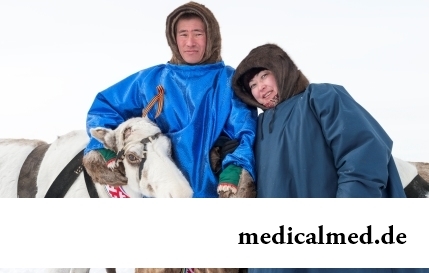
Traveling all over the world, many try to try the most exotic dishes of national cuisines. There is even a so-called gastronomic tourism which, according to gourmets, not only allows to receive new feelings, but also is capable to show life the friend...
Section: Articles about health
The metabolism at each person proceeds in own way. However between the speed of this process and disposal of excess weight after all all have a dependence. Unfortunately, the people inclined to try on itself numerous "miracle" diets, not always consider this circumstance and with the most resolute intentions begin to eat so that artificially slow down the metabolism instead of to accelerate it. Except quite clear disappointment, incorrectly picked up systems...
Section: Articles about health
You are office worker, the driver, the fan of winter sports or do not think of life without bicycle? You conduct a slow-moving image жизн...
Section: Articles about health
Many parents of children at the age of 2-4 years face excessively whimsical behavior of the child. The kid exhausts constant crying and whims not only the parents, but also himself. In what the reasons of children's whims. And how to fight with them?...
Section: Slideshow
The immunity role in growth of the child is invaluable. The proteins-immunoglobulins produced by immune system preserve the child against the diseases capable − owing to an organism weak still − to serve as a stressful factor, to become the reason of many complications and delays in development of the kid. If the immune system weakened, health of the child is under direct threat and needs active actions for strengthening of protective forces of an organism − preferably non-drug....
Section: Articles about health
Long time antibiotics were considered as a panacea from all diseases and were appointed even at insignificant symptoms of an infection. Even now...
Section: Articles about health
Small appetite at the child – the complaint which pediatricians should hear practically from each mother. Most often it is carried to the category of children's whims, however the refusal of food in certain cases can be to alarming symptoms therefore it cannot be ignored....
Section: Articles about health
White teeth and the Hollywood smile – a dream of many people. Long time was considered that the plaque on teeth and change of their color – destiny of those who incorrectly eat smokes and badly brushes teeth. But the paradox is available: at everything the variety of toothpastes, brushes existing today for toothbrushing and conditioners for a mouth the number of the people hesitating of a plaque on teeth does not decrease. Moreover, the plaque is formed even at small children who definitely do not smoke and have no coffee. So in what business, and опас...
Section: Articles about health
